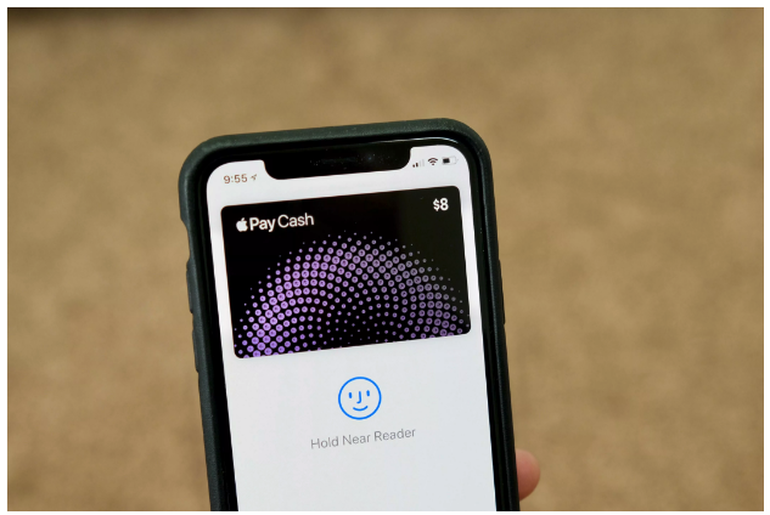

Jason Cipriani/CNET
You may have seen iPads used in kiosks or docked inside a Square cashless register stand. But Apple mobile technology is being used in a far broader number of ways. On the heels of the NRF retail show in New York, I recently saw demonstrations of how third-party tech vendors and Apple itself are using iOS technologies to streamline retail transactions.
One tech vendor, NewStore, has developed an offering that bills itself as an end-to-end platform for omnichannel retail. Using it, a retail associate can have a broad access to a range of retail information and logistics.
As demonstrated by activewear vendor Outdoor Voices, a sales associate roaming the floor can look up a customer’s purchase history to make recommendations, search other local stores for out-of-stock items, and pass on a request to associates in another stores who can also pass on the request if they are with a customer. Then, the person who ultimately makes the sale can schedule a delivery within the next few hours using Uber, Dlvr or another service and provide an estimate window of the delivery of a few minutes to the customer.
In another demonstration of streamlining the sales floor experience, Florida furniture store City Furniture recounted how it engaged with IBM to develop a slickiPad-based front end to an AS/400-based back end that had been in place for decades.
According to a salesperson involved in the project, the new system allowed her to close a sale and talk about add-on services such as stain-proofing while sitting on a model of the very couch a family would consider ordering. Not only did that provide a level of comfort and context, but it also avoided a trip to the sales desk where customers are more likely to reconsider things because of the mental shift to negotiations, she said.
But not all of Apple’s mobile technology will involve such in-person interactions. In yet another demonstration, eyewear juggernaut Warby Parker showed off use for the iPhone X’s front-facing depth-sensing camera. While many websites, including the company’s own, have long provided a way to preview glasses based on a facial photo, the additional info provided by the depth sensing allows the retailer to recommend a short list of styles that would flatter the face, according to company representatives.
And Apple itself is seeking to bolster mobile connections between consumers and businesses with Business Chat, a feature within its Messages app. Like many of the chatbot agents. However, unlike the implementations of chatbots that kicked off two years ago and haven’t really taken off, the feature uses humans on the other side of the customer experience. What the Messages app brings to the table is the ability to bring rich media and interactivity and, unsurprisingly, complete a transaction via Apple Pay.
The demonstration also included a novel application of augmented reality using Apple’s recently upgraded ARKit in the world of fashion. As a representative from PTC noted, it is often difficult for those planning fashion lines to have a complete line of products in front of them when evaluating which ones to move forward on in selling to retailers.
However, with ARKit, managers at the company were able to use an iPhone to visualize a closeup look at 3D-scanned dress variations on an AR-produced mannequin. While many AR demonstrations have focused on customer retail experience and I’ve previously written about its potential use in retail business intelligence analysis, this demonstration showed a good application of how far back in the planning process AR can have an impact.
For the first years of its existence on smartphones, mobile commerce was largely about reproducing online transactions and then about exploiting the location-aware nature of mobile to drive store traffic. But mobile platforms have become such a default platform for innovation that they are permeating both the physical and digital retail experience. Whether it be attacking issues from customer interaction to conference room, Apple is providing a slew of enabling technologies that manufacturers and retailers to deliver a more responsive, more personalized, and richer commerce experience.
PREVIOUS AND RELATED COVERAGE
Apple’s AR apps will finally be able to stick things on walls
When iOS 11.3 launches, it’ll pack tech developers can use to make their augmented reality apps do things they’ve never been able to do before.
Adobe puts the HoloLens to work in retail
An emerging technology group at Adobe has shown off a trio of retail enablement apps that use augmented reality to visualize analytics.

